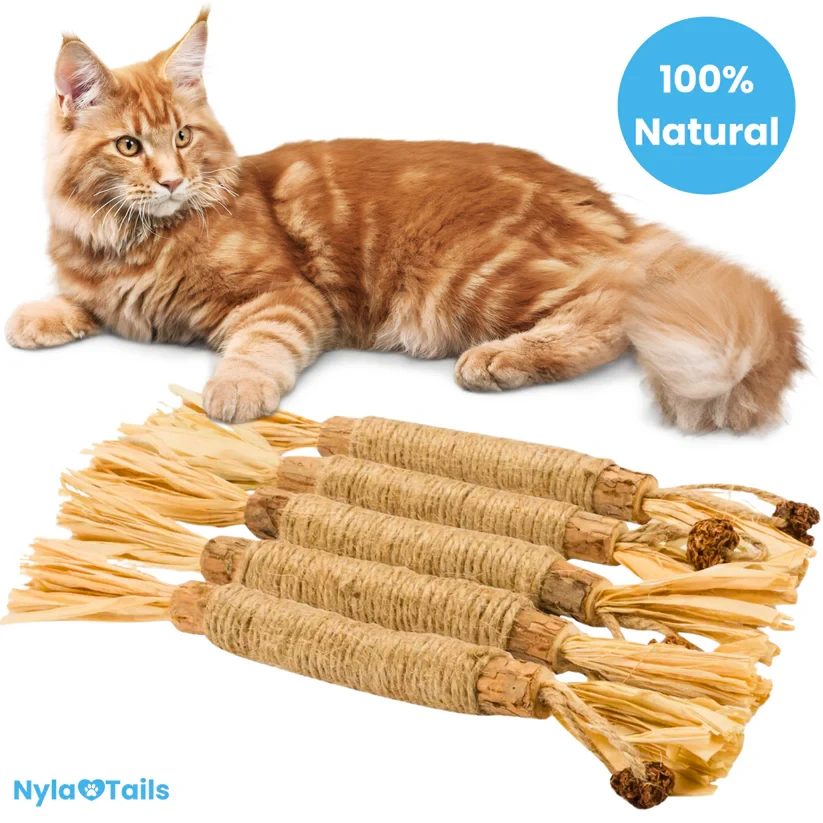
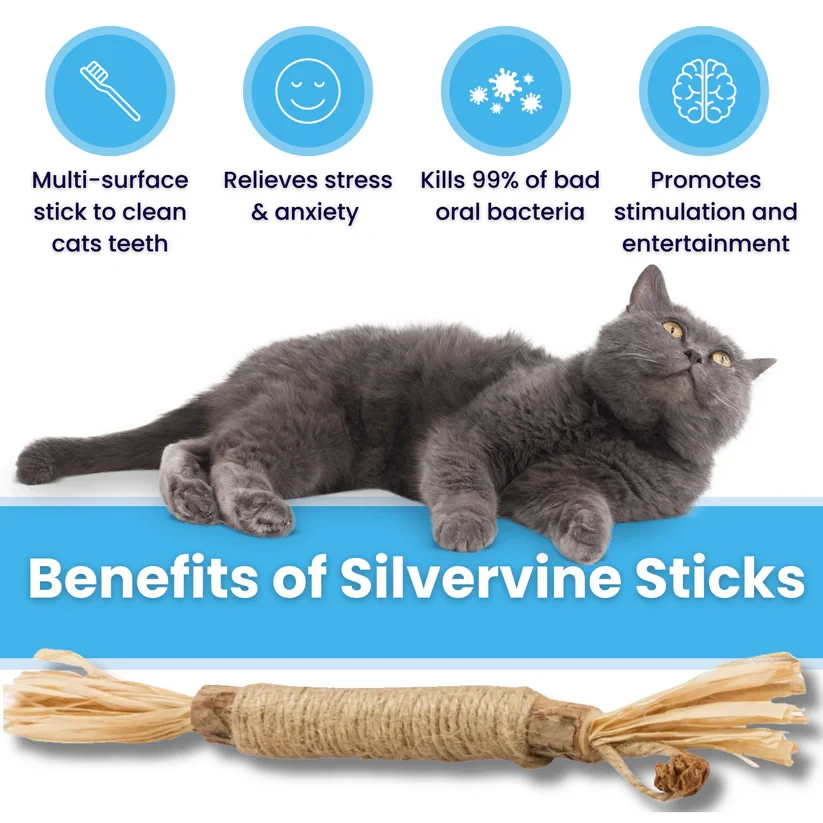
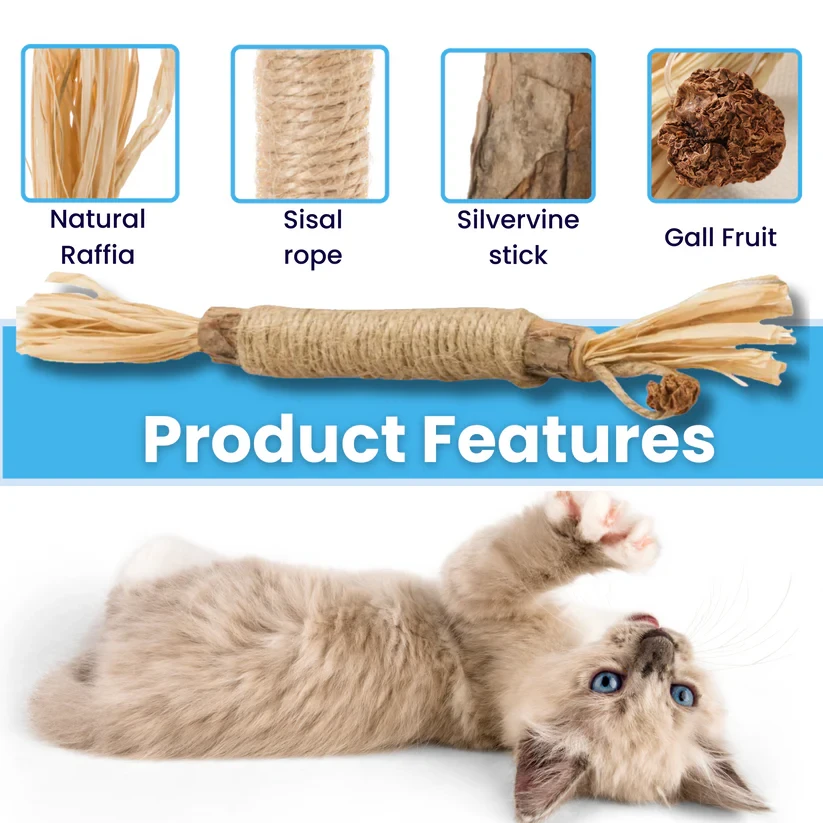
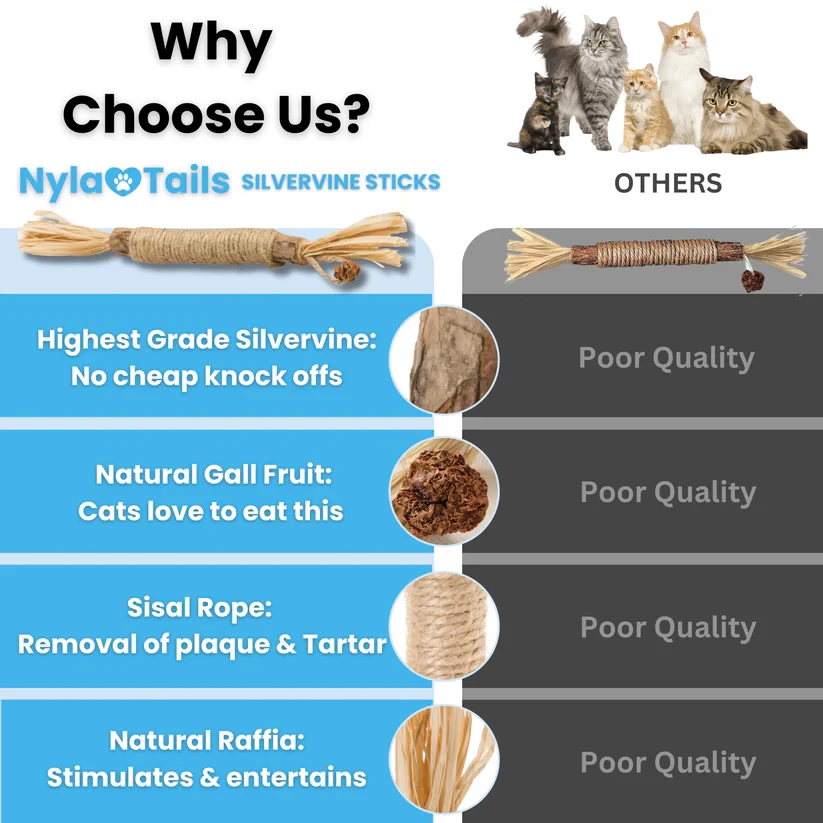
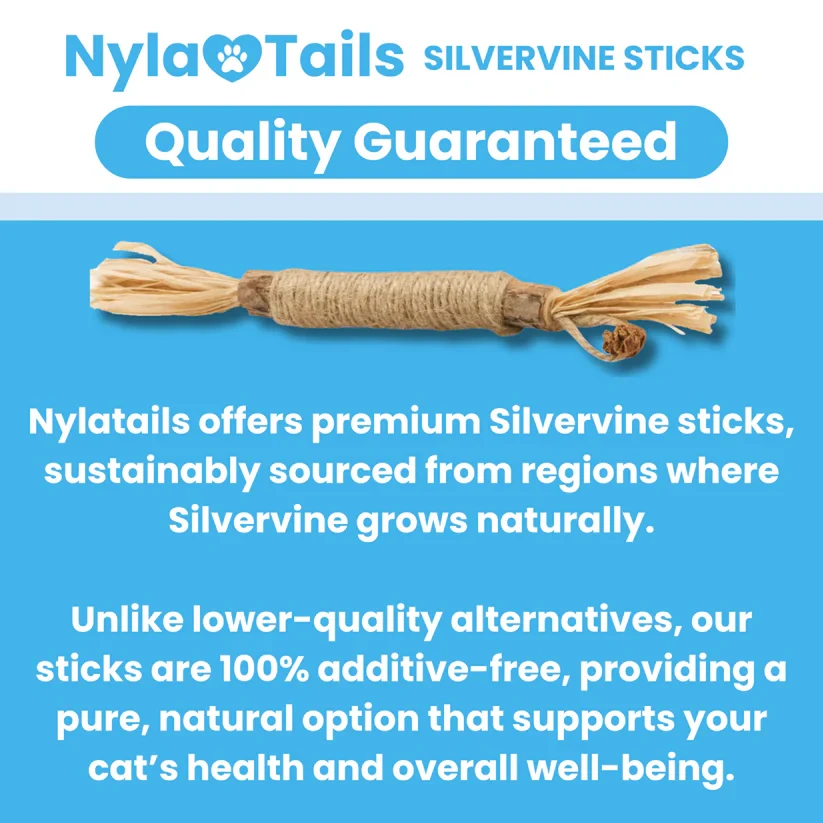
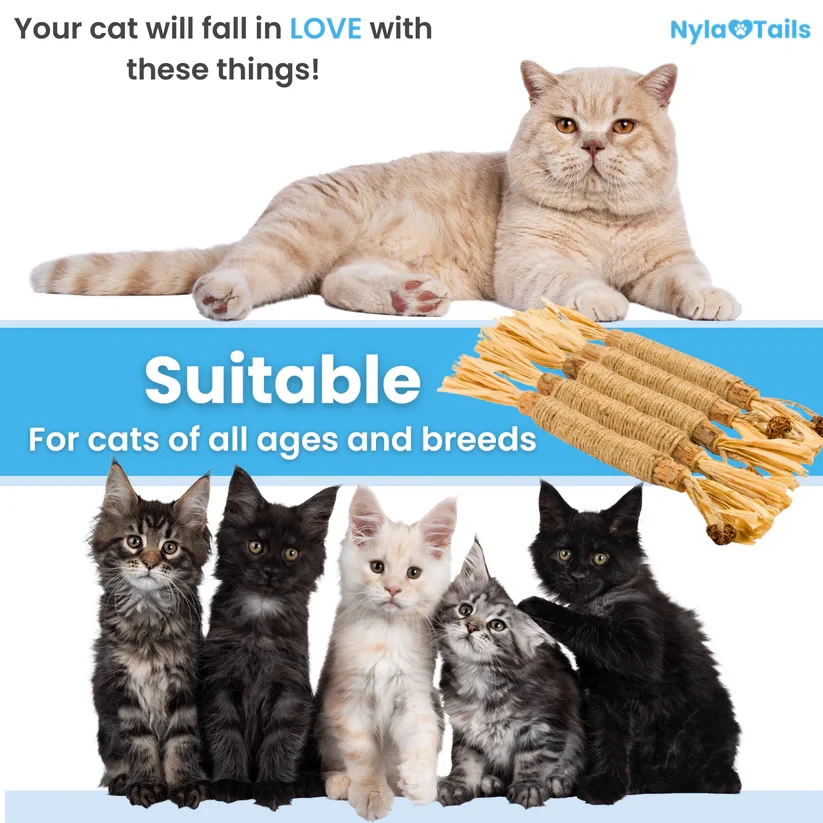
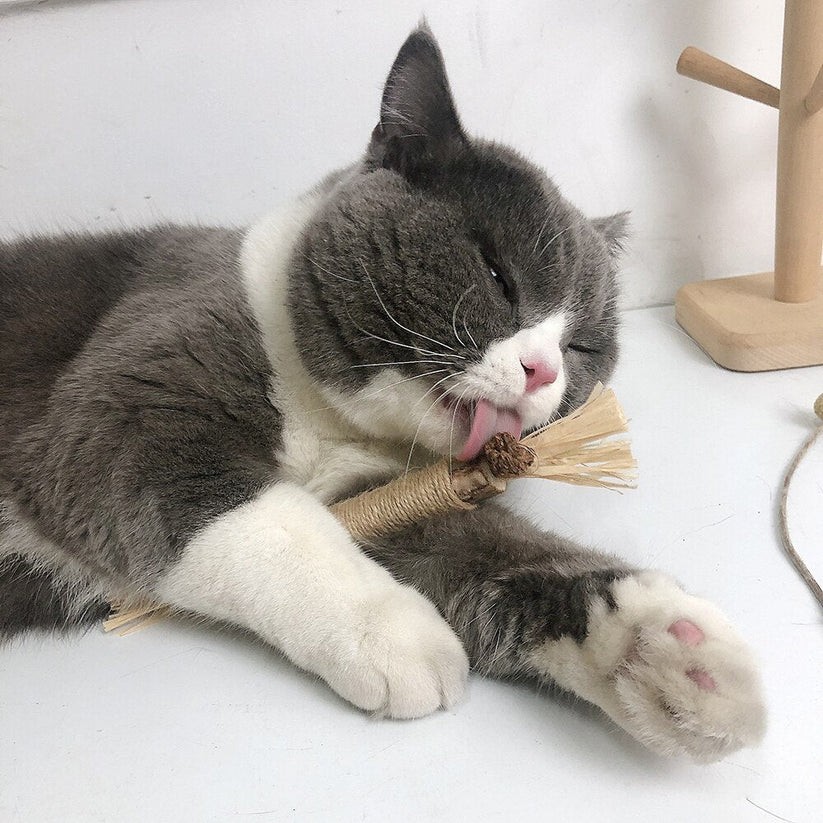
Nylatails® Silvervine Dental Sticks
Normally: $19


Silvervine Dental Sticks: The Ultimate Guide to Natural Cat Dental Care
Introduction
Cats require regular dental care just like humans, yet brushing a cat’s teeth can be a daunting task for pet owners. Enter silvervine
dental sticks
– an all-natural solution that lets cats clean their own teeth through enjoyable chewing. These chew sticks, made from the
silvervine plant (also known as Actinidia polygama or “matatabi”), are gaining popularity as a fun, effective way to support feline
oral hygiene. Not only do they help scrape away plaque and tartar to keep teeth and gums healthy, but they also provide enrichment and
stress relief for cats. This comprehensive guide explores the evolution of cat dental care and how silvervine sticks became a modern pet
health trend, their key features and benefits, usage tips, comparisons with other dental products, and much more. By the end, you’ll
understand why silvervine dental sticks are a game-changer in natural cat dental care and how to make the most of them for
your furry friend.
Evolution of Silvervine Dental Sticks and Cat Dental Care
Cat dental care has come a long way from being an overlooked aspect of pet health to a priority for informed cat owners today. In the past, many assumed that cats naturally took care of their teeth through eating dry food or chewing on whatever they found. Unfortunately, this wasn’t enough – studies report that between 50% and 90% of cats over four years old have some form of dental disease. In fact, by just two years of age, about 70% of cats have periodontal disease. Common problems include plaque buildup, tartar formation, gum inflammation (gingivitis), and painful infections that can lead to tooth loss. Despite these alarming statistics, traditional cat care often neglected dental hygiene. It wasn’t until the last few decades that veterinarians and pet brands began emphasizing preventive dental care for cats.
Historically, options for cleaning a cat’s teeth were limited. Veterinarians could perform dental cleanings under anesthesia, but routine at-home care was rare. Toothbrushes and feline toothpaste exist, yet 73% of cat owners never brush their cat’s teeth, likely because many cats resist the process. Early innovations in cat dental care included specially formulated dental diets (dry foods with abrasive kibble texture) and treats designed to reduce tartar. For example, the 2000s saw the rise of dental cat treats like Feline Greenies, which have a crunchy texture to help scrub teeth and are now a household name in pet stores. While these treats found success in improving oral health, they still involve calories and ingredients that some cats with dietary sensitivities can’t have. Pet owners and experts continued seeking low-effort, natural methods to keep feline teeth clean.
This is where silvervine (matatabi) entered the picture. Silvervine is a vne plant native to the mountains of Japan and China, long known there for its fascinating effect on cats. It was first introduced to cats in the West in 1906 when Harvard researchers imported it from China, observing its cat-attracting properties. In Japan, powdered silvervine fruit (called matatabi) has been used for generations to entice cats, much like catnip. However, only recently has silvervine become globally popular as a cat product ingredient. Pet parents around the world have discovered that silvervine can be more potent than catnip in triggering euphoric play behaviors. More importantly, silvervine began to be incorporated into dental chew sticks – simple dried sticks from the silvervine plant that cats can gnaw on. This brilliant concept merges a cat’s love for the plant’s scent with a practical dental function: as the cat chews and bites the stick, the friction helps remove plaque and tartar from their teeth.
The evolution of silvervine dental sticks as a product really took off in the 2010s. Pet toy manufacturers and cat enthusiasts saw the opportunity to provide a natural, chemical-free dental aid that doubles as a toy. The sticks started gaining traction through online marketplaces and pet blogs. Cat owners posted videos of their felines enthusiastically chewing on these brown twigs, then rolling around in delight. Word spread that silvervine sticks can clean teeth while cats play, and demand grew rapidly. Today, silvervine chew sticks are widely available and have become a staple in many cats’ oral care routines, especially in New Zealand, Australia, the USA, and other regions where pet parents prioritize holistic pet wellness. This evolution signifies a shift towards natural dental care solutions – leveraging a plant’s intrinsic allure to cats to address a health need in an enjoyable way.
Key Features and Benefits of Silvervine Dental Sticks
Silvervine dental sticks are much more than just wooden twigs – they pack a variety of features and health benefits that make them stand out among cat dental care products. Below, we break down the key benefits and why these sticks have become a must-try item for cat owners:
Natural Ingredients and Safety
One of the biggest appeals of silvervine sticks is that they are 100% natural and safe for cats. The sticks are cut from the dried branches of the silvervine plant (Actinidia polygama) without any additives or chemicals. This means your cat is essentially chewing on an organic piece of wood infused with natural compounds, rather than ingesting artificial flavors or detergents. Pet parents seeking an all-natural dental solution can feel confident – silvervine is non-toxic and non-addictive for cats. Even if a cat manages to ingest small pieces of the stick, it’s generally harmless (the plant material can be digested in small amounts). Veterinarians confirm that silvervine is safe for cats and there is no risk of toxicity from normal use. In fact, unlike some plastic chew toys or treated dental treats, you won’t find any synthetic ingredients here. This pure, single-ingredient nature appeals to health-conscious owners and cats with food sensitivities. Always ensure you’re buying untreated sticks from a reputable source (look for keywords like “organic” or “100% silvervine”) to get the full safety benefits.
Effective Teeth Cleaning Action
Silvervine chew sticks are specifically valued for their dental health benefits. As a cat gnaws and chews on the stick’s fibrous surface, the friction works to exfoliate plaque and tartar from the teeth. The outer bark of the silvervine stick essentially acts like a natural toothbrush, scraping away the soft plaque before it hardens into tartar. Regular chewing sessions can help reduce existing tartar buildup and prevent new plaque accumulation, leading to cleaner teeth over time. According to pet health experts, chew sticks containing silvervine help break down and remove plaque and tartar from cat teeth. This mechanical cleaning is similar to what happens when wild cats chew on bones or grass – nature’s way of keeping teeth polished. Over weeks of use, many cat owners notice an improvement in their cat’s oral hygiene: teeth may appear whiter and gum line tartar may lessen. While severe dental disease still requires a vet’s care, silvervine sticks provide an easy preventive measure. They especially target the canines and incisors, which cats use to bite the stick, scraping these front teeth effectively. Even the action of chewing near the back teeth can stimulate saliva flow, which in turn can help rinse the mouth and reduce bacteria. It’s a playful yet functional dental workout for your cat!
Stress Relief and Enrichment
Beyond cleaning teeth, silvervine sticks offer significant mental and emotional benefits for cats. Silvervine contains natural compounds that induce a euphoric, playful reaction in most cats, similar to (but often stronger than) the effect of catnip. When a cat sniffs and chews silvervine, you might see them exhibit behaviors like rolling on the ground, licking, chin rubbing, drooling, or kicking the stick – signs of kitty bliss. This reaction provides excellent enrichment and can help relieve stress and boredom. Nearly 80% of domestic cats respond positively to silvervine with energizing or calming behaviors. Even many cats that donot care for catnip are highly attracted to silvervine’s scent. This means silvervine sticks can engage cats that might otherwise ignore typical toys. The bursts of activity a stick elicits contribute to exercise as well – your cat will burn calories batting and chasing the stick, promoting a healthy weight. After the playful frenzy, many cats become calm or even mildly sedated, which can be helpful for anxious cats. The active compounds in silvervine provide anxiety and stress relief by triggering a pleasurable response in the brain. In essence, a chewing session doubles as a kitty stress-buster. A happy, stimulated cat is less likely to engage in destructive behaviors, so silvervine sticks also indirectly support good behavior by satisfying natural urges to chew and play.
Freshens Breath and Supports Gum Health
Bad breath (“kitty breath”) is often a sign of underlying dental issues like plaque, bacteria, or gum inflammation. Regular use of silvervine dental sticks can help improve your cat’s breath over time. As plaque is scraped away and oral bacteria is reduced, there’s less to cause foul odors. Additionally, the increased saliva from chewing can help wash away food particles and bacteria that cause bad breath. Some users even report a mild pleasant scent lingering from the silvervine itself on the cat’s breath, though this is subjective. Beyond breath freshness, the chewing action massages the gums, which can improve circulation and potentially help keep the gums healthy. Healthy gums are pink and firm; chewing sticks stimulates them similar to how chewing raw meat or bones would for wild felines. This can be particularly beneficial for preventing or slowing gingivitis. Of course, if a cat already has severe gum disease, a stick isn’t a cure – but as a preventive, it’s a great oral hygiene booster. Think of silvervine sticks as a natural floss and toothbrush combination that not only cleans but also leaves your cat’s mouth feeling fresher.
Highly Appealing – Great for Picky Cats
A major benefit of silvervine sticks is their high appeal to cats, which helps ensure your pet actually uses them (an unused dental product can’t do any good!). Thanks to silvervine’s potent attractants, most cats find the sticks simply irresistible. Silvervine contains multiple active compounds (such as actinidine and dihydroactinidiolide) that trigger euphoric responses. Catnip, by comparison, relies mostly on one comound (nepetalactone). Silvervine’s cocktail of actives tends to affect a larger percentage of cats. Studies have shown about 68% of cats respond to catnip, but almost 80% respond to silvervine. Moreover, around 75% of catnip-nonresponsive cats will respond to silvervine instead. This means even if your cat has never shown interest in catnip toys or other chews, there’s a very good chance they will love silvervine. The strong natural scent and flavor of the stick entices cats to start chewing, and once they start, the fun and soothing effects keep them engaged. For picky cats or those who ignore dental treats, a silvervine stick can be a game-changer. It basically markets itself to the cat – no need to smear it with tuna or coax them into using it. Its high palatability ensures consistent use, which in turn means better dental outcomes. Even senior cats, who may have slower play drive, often perk up at the smell of silvervine. Because it doubles as a toy and a treat, it’s an effortless way to incorporate dental care into your cat’s routine without forcing anything.
Multi-Purpose Play and Exercise Tool
Silvervine sticks aren’t only for chewing – they serve as a versatile toy for various forms of play. Your cat may start by gnawing on the stick, then get inspired to bat it around the floor like a hockey puck or toss it in the air. Some cats rabbit-kick the sticks with their hind legs, or carry them in their mouth proudly as if it were prey they caught. This kind of play provides physical exercise and mental stimulation. Unlike a stationary chew (such as a treat they quickly eat), a silvervine stick can entertain a cat for an extended period. They’ll chew, play, pause, then chew again, keeping them occupied. This is especially useful for indoor cats that need outlets for energy. By encouraging running, pouncing, and chasing, the sticks help combat feline obesity and support overall fitness. Additionally, you can use a silvervine stick interactively – try dangling it or dragging it on a string to get your cat to chase you, turning it into a bonding play session. The enrichment value of silvervine chew sticks is comparable to several types of toys combined (chew toy, fetch toy, and catnip toy all in one). A single product can thus fulfill multiple needs in your cat’s life: dental care, play, exercise, and stress relief. This multi-purpose aspect makes silvervine sticks a cost-effective and convenient addition to your cat care arsenal.
Additional Health Benefits
Chewing on silvervine sticks may confer a few other ancillary health benefits worth noting. The increased chewing can promote jaw muscle strength and tooth durability – important for cats, as strong teeth are less prone to breaking and strong jaws aid in eating and playing. Also, because silvervine triggers activity, it can help burn calories and maintain a healthy weight in cats that might otherwise be sedentary. Keeping your cat at a healthy weight reduces strain on joints and lowers the risk of diabetes and other obesity-related issues. Furthermore, the stress-relief aspect can contribute to better overall health. Stress in cats is linked to problems like urinary tract issues and behavioral problems; by giving your cat a safe outlet for stress (chewing and playing), you indirectly support their immune system and emotional well-being. Finally, there’s an interesting benefit discovered by researchers: the act of rubbing and chewing silvervine might help cats repel mosquitoes. Studies found that when cats chew silvervine or catnip, it releases compounds like nepetalactol onto their fur, which can ward off mosquitoes and insects. So in a quirky way, a silvervine stick session could offer your cat a bit of natural bug repellent as they transfer the plant’s scent chemicals to their coat. This is just another example of the fascinating, holistic advantages of this plant. Overall, silvervine dental sticks encapsulate a wide array of benefits – from oral health to mental health – making them a uniquely valuable product for feline care.
Applications and Usage for Cat Owners
Silvervine dental sticks are simple to use, but following some tips will ensure your cat gets the most benefit and stays safe. Here’s how cat owners can introduce and incorporate these sticks into their pet’s routine:
Introducing Silvervine Sticks to Your Cat
When you first present a silvervine stick to your cat, do so in a calm environment where your cat feels comfortable. Most cats will catch the stick’s intriguing scent immediately and approach to investigate. Allow your cat to sniff and bat the stick on their own terms. You might rub the stick between your fingers to release more of its aroma, piquing your cat’s interest. Start with a short play session – give the stick to your cat for 5-10 minutes and observe. Common reactions include licking, chewing, rubbing their face on it, or rolling over next to it. These are good signs that your cat is enjoying the silvervine. If your cat seems initially uninterested, try again later; sometimes cats need a second exposure to recognize a new scent. You can also slightly moisten the stick or scrape it with a knife to release fresh scents from the wood’s inner layers, making it more enticing. Avoid forcing the stick toward your cat or putting it in their mouth – let them approach it voluntarily. Positive association is key. Many cats will become excited quickly, so be prepared for a burst of energy! If you have multiple cats, introduce the sticks to each cat individually at first to prevent any resource guarding or competition, since cats can get possessive of such a high-value item.
Supervision and Play Safety
While silvervine sticks are generally safe, it’s important to supervise your cat during chew sessions, especially the first few times. Monitor how aggressively your cat chews and ensure they are not biting off large splinters. The sticks are fairly durable, and most cats will only shave off small bits of bark at a time. However, if your cat is an aggressive chewer, take the stick away once it gets soft and small enough to swallow, to prevent any choking hazard. As a rule, inspect the stick after each use. If you notice the stick has frayed too much or has sharp splinters sticking out, you can trim those off or replace the stick with a fresh one. Safety first: although rare, small fragments could break off; supervising play helps you intervene if your cat tries to swallow something inappropriat. It’s also a good idea to let your cat play with the stick in an open area (like a living room floor) rather than on high surfaces – in case they get a little too blissed out and roll around, they won’t fall off anything. During the initial sessions, limit the time to maybe 10-15 minutes. Some cats may get so stimulated that they play to exhaustion. Giving a moderate, supervised chew/play session ensures your cat has fun and then has time to relax. You can repeat sessions later in the day or the next day. Over time, you’ll learn your cat’s chewing style and can feel more comfortable letting them play with the stick unsupervised for short periods, but always check in regularly.
Frequency of Use
How often should you give your cat a silvervine dental stick? This can depend on your cat’s enthusiasm and their dental needs. A common approach is to allow a chew session 2-3 times per week. This frequency provides regular dental cleaning without overdoing the stimulation. However, it’s generally safe to let your cat enjoy silvervine daily if they seem to tolerate it well – silvervine is not addictive, and cats will typically self-regulate their usage. Many cats actually lose interest after about 20-30 minutes of exposure due to becoming temporarily desensitized to the smell (a normal phenomenon with catnip and silvervine)chewy.com. The effects of silvervine last around 20–30 minutes in terms of the euphoric reaction, after which the cat usually takes a break. Once the fun is over, you should pick up the stick and store it (more on storage later), so it remains special the next time. If you leave it out continuously, your cat might over-chew it or become bored of it more quickly. Intermittent use keeps the excitement high each time. For dental benefits, consistency is key: chewing a couple of times a week can help continuously scrape new plaque. If your cat has known dental issues or a lot of tartar, you might increase frequency to every other day. Just watch that your cat doesn’t chew so much that their gums get irritated – a rare occurrence, but if you notice any gum redness from heavy chewing, give a few days off. Rotate the sticks (have a couple in hand) so each one dries and “recovers” its scent between sessions.
Tips for Maximizing Dental Benefits
To get the most dental cleaning action out of silvervine sticks, consider these tips: First, offer the stick after meal times or after treats. Cats often groom or chew after eating, so this is a natural time when they might want to gnaw on something. Chewing after dinner can help dislodge food particles stuck on their teeth. You can also gently rub the stick along your cat’s gum line (if they allow it) to introduce the idea – some cats will start chewing the section that touched their mouth. Another tip: refresh the stick by scraping off the outer layer once the initial surface has been chewed on for a while. A simple pocket knife or even sandpaper can remove the outer bark, revealing a fresh layer that emits strong scent. This makes an older stick “good as new” to your cat and encourages them to keep chewing it over weeks. Additionally, keep an eye on all teeth – some cats might favor chewing on one side of their mouth. You can try to encourage them to chew with the other side by holding the stick for them at different angles during play. If your cat is especially focused on the treat aspect and not chewing enough, try using a shorter stick or a thicker one: a shorter stick (2-3 inches) might prompt them to use their molars more, whereas a longer one can be held in paws and mostly chewed with front teeth. You might experiment to see what size and shape of silvervine stick yields the most chewing action for your particular cat.
When to Replace the Stick
Each silvervine stick can last through multiple play sessions, but they won’t last forever. Replace the stick when it becomes very small (short enough that your cat could fit the whole thing in their mouth) or if it splits into very sharp pieces. A general guideline is to swap out for a new stick once it’s worn down to about half its original length, or sooner if it has splintered. Fortunately, many products come in multi-packs (5–10 sticks), so you’ll have spares ready. Also, if you notice your cat’s interest severely dwindling despite scraping the bark, it might mean the stick’s potent oils are mostly spent – time for a fresh one with stronger aroma. Some owners rotate sticks: while one is in use, others are stored away to keep them fresh, and then they cycle a fresh one in later. This way, each stick gets a “rest” period to become intriguing again. Do not let your cat chew a stick that is small enough to swallow whole – if it reaches that point, it’s done its job and should be thrown out. Likewise, if you ever see mold on a stick (for example, if it was stored improperly in a humid environment), discard it immediately. Properly dried silvervine sticks rarely mold, but it’s good to be cautious. By timely replacement, you’ll ensure optimal dental efficacy and safety for your cat’s continued enjoyment.
Comparisons with Other Cat Dental Care Products
In the realm of cat dental care, silvervine sticks are unique – but how do they stack up against other popular methods and products? Here we compare silvervine dental sticks to alternatives like traditional dental treats, catnip toys, toothbrushing, and more:
Silvervine Sticks vs. Edible Dental Treats
Edible dental treats (such as crunchy kibble treats or dental biscuits for cats) have been a go-to solution for many pet owners. These treats usually have a porous or abrasive texture that claims to scrub teeth as the cat chews, and often include enzymes or additives to combat plaque. Silvervine sticks offer a few advantages over these treats. Firstly, silvervine sticks contain zero calories – they are just wood – whereas dental treats add to your cat’s daily calorie intake. For overweight cats or those on strict diets, sticks provide oral care without expanding the waistline. Secondly, the cleaning action of a silvervine stick can be more sustained; a cat might chew a dental treat for a few seconds before swallowing, but they might gnaw on a stick for several minutes at a time, which likely gives more mechanical scrubbing of teeth. Silvervine sticks are also simpler in composition, with no animal by-products or potential allergens, making them suitable for cats with dietary sensitivities (some cats can’t tolerate ingredients in flavored treats). On the other hand, quality dental treats often contain additional beneficial ingredients (like chlorophyll or zinc compounds to reduce bacteria) and are formulated by pet nutritionists – they double as a snack, which some owners prefer for convenience. However, not all cats like the taste of dental treats, especially if they are picky eaters. Many cats will actually choose a fragrant silvervine stick over a treat, because the plant compounds are more exciting than a piece of kibble. That said, there’s no rule against using both: some owners alternate between giving dental treats and silvervine sticks to cover all bases. If your cat enjoys both, you’ve got a strong anti-plaque arsenal. But for a purely natural, non-food option, silvervine sticks take the crown.
Silvervine Sticks vs. Catnip Toys
Catnip-stuffed toys (like catnip mice or pillows) are widely used to entice cats into play and sometimes are touted to help clean teeth if the toy is chewed. Both catnip and silvervine are plant-based cat attractants, and interestingly, silvervine’s effect is often more intense and reaches more cats than catnip’s. When comparing a silvervine chew stick to a standard catnip toy in terms of dental benefit, the silvervine stick is more directly effective. Catnip toys tend to be made of soft cloth or plush; a cat may slobber on and bite them, but these materials don’t scrape the teeth. A silvervine stick, being hard fiber, will actually rub against the teeth during chewing. Some cat toys incorporate a mesh or rubber that can help floss or scrub (for example, certain dental chew toys have a rough texture), but unless they include something to attract the cat, not all felines will chew them with enthusiasm. Silvervine sticks essentially are both the attractant and the toy in one. Another point is longevity: catnip’s aroma can fade over time and catnip toys often lose their appeal after the cat slobbers on them repeatedly (you might need to refill or refresh them). Silvervine sticks can be refreshed simply by peeling the surface as noted earlier, revealing more scent, and typically a stick can be reused over multiple sessions until it’s physically too small. The strength of reaction is also noteworthy. As studies have shown, a good portion of cats (about 1 in 3) don’t respond to catnip at all, often due to genetics. For those cats, catnip toys are boring. Silvervine, however, will excite many of these “catnip immune” cats. Thus, silvervine sticks have the edge in universality of appeal. The downside is that silvervine sticks are not plush or cuddly; if your cat’s preference is to cuddle and lick a soft toy, then a stick is a different experience. Some owners choose to sprinkle silvervine powder on toys or even thread silvervine sticks through a toy (some products combine them) to get the best of both worlds. But as a straight comparison, for dental purposes a silvervine stick outperforms a typical catnip toy since it has abrasive action plus a stronger scent lure.
Silvervine Sticks vs. Brushing with a Toothbrush
Brushing a cat’s teeth with a pet toothbrush and toothpaste is considered the gold standard of home dental care – if the cat allows it. There is no denying that mechanical brushing, when done correctly, can remove plaque at the gum line very effectively and can significantly slow tartar formation. However, the challenge is compliance: very few cats tolerate having a human scrub their teeth daily. Many owners find it nearly impossible to brush their cat’s teeth regularly despite knowing its benefits. This is where silvervine sticks shine: ease of use. Instead of a stressful wrestling match to pry your cat’s mouth open for brushing, you simply give them a stick and they handle the cleaning themselves (happily!). Silvervine sticks turn dental care into a fun activity rather than a fight. Of course, a chew stick is not as targeted as a toothbrush – you won’t be able to manually clean each tooth surface or the gum margins as thoroughly as brushing could. So, in an ideal world where a cat tolerates brushing, one would still brush and perhaps use silvervine sticks as a supplementary cleaning and enrichment tool. But for the vast majority of cats, silvervine sticks are a practical alternative to nothing at all. When brushing isn’t on the table, sticks provide at least some level of plaque control and gum stimulation. Vets often say that anything a cat chews on (that’s safe) is better than passive neglect of the teeth. Silvervine sticks encourage regular chewing in a way many other items do not. Think of silvervine sticks as “the next best thing” to brushing: not quite as thorough as a human with a brush and paste, but far better than no home care, and something you can realistically maintain long-term. Some dedicated cat owners manage to brush and then reward the cat with a silvervine stick after – a clever combination, associating the somewhat disliked brushing with a favorite treat after. In summary, brushing remains the ideal, but silvervine sticks offer convenience and enjoyment that brushing lacks, making them an essential comparison point for realistic pet care routines.
Silvervine Sticks vs. Professional Dental Cleanings
Professional veterinary dental cleanings under anesthesia are sometimes necessary for cats with advanced dental disease. They can thoroughly remove tartar (including below the gums) and treat issues like infected teeth. However, these procedures are costly and not without risk (anesthesia on older or sick cats). Silvervine sticks, of course, are not a substitute for a vet’s cleaning if your cat already has significant tartar or periodontal disease – no chew toy can remove hardened tartar once it’s formed extensively. However, where silvervine sticks compare favorably is in preventive maintenance. By regularly reducing plaque at home, you potentially extend the interval between professional cleanings needed. Some cats might need a dental under anesthesia every few years; with diligent use of dental toys and products like silvervine, that might be stretched to a longer period, saving your cat from frequent procedures and saving you money. Additionally, silvervine sticks can be introduced after a professional cleaning to help the teeth stay clean. Consider them part of the after-care regime that keeps your cat’s mouth healthier post-vet visit. In short, vet cleanings address big problems and deep cleaning needs, whereas silvervine sticks handle the day-to-day upkeep. Both have their place. In terms of experience, one could humorously note: your cat definitely prefers chewing a pleasant stick at home over going to the vet and having their teeth ultrasonically scaled! The stick is a low-stress, maintenance strategy; the vet cleaning is an intense, occasional fix. Ideally, use preventive tools (sticks, etc.) to minimize how often the big fixes are needed.
Silvervine Sticks vs. Other Natural Chews (Honeysuckle, Bones, etc.)
Silvervine isn’t the only natural item people have used to help cats chew. Another option is Tatarian honeysuckle wood – some pet stores sell honeysuckle chew toys because a portion of cats respond to honeysuckle similarly to catnip. Honeysuckle wood can be appealing to cats that don’t respond to catnip (roughly 50% of cats showed interest in one study), though silvervine tends to have a higher response rate than honeysuckle. In terms of dental effect, a honeysuckle stick would also provide chewing abrasion, but silvervine’s stronger allure generally means cats will chew it more eagerly and for longer. Raw bones or cartilage: Occasionally, cat owners (especially those who feed raw diets) provide raw chicken necks or wings for cats to chew, which can scrape teeth. While raw chewables can indeed help dental health, they carry risks like choking bones, dietary imbalance, or bacterial contamination if not handled carefully. Plus, not all cats will gnaw on a raw bone. Silvervine sticks are a cleaner, safer alternative in that regard – no mess, and no risk of an upset stomach from raw meat. Dental chew toys (rubber or silicone): Some companies make rubber toys with nubs that supposedly clean cat teeth. However, cats are infamously less avid chewers than dogs, so many of these cat chew toys go untouched unless smeared with something tasty. Silvervine sticks naturally entice chewing without coatings, making them more effective at actually getting a cat to chew on a textured surface. In summary, among the various chew options, silvervine sticks combine the draw of a botanical stimulant with the functionality of a chew toy, giving them a leg up on most alternatives. They are easier and often more effective than honeysuckle, safer and simpler than raw bones, and more attractive to cats than inert chew toys. That said, every cat is different – a few might prefer honeysuckle or a particular dental toy. But for broad appeal and benefit, silvervine sticks come out on top in the realm of natural cat chews.
Maintenance and Storage Guidelines
To ensure your silvervine dental sticks remain effective and safe over time, it’s important to maintain them properly and store them under the right conditions. Here are some guidelines for caring for your silvervine sticks:
Keeping Sticks Fresh and Potent
Silvervine sticks derive their cat-attracting power from natural oils and compounds in the wood. These can diminish if the stick is left out in the open air continuously. Store the sticks in a sealed container or zip-lock bag when not in use. This helps preserve their potency by keeping the scent from diffusing away and prevents the sticks from absorbing moisture or odors from the environment. A cool, dry place (like a cupboard or drawer) is ideal for storage. Avoid high humidity areas which could encourage mold. If you bought a pack of multiple sticks, don’t open all of them at once; keep unused sticks sealed until you’re ready to introduce a new one. Some owners even refrigerate the sticks to keep them extra fresh (just ensure they are in an airtight bag). When you notice your cat’s current stick is not as enticing as before, you can refresh it by scraping off the outer layer to release more of the inner aroma, as mentioned earlier. Using a knife or sandpaper, gently whittle the surface – you’ll often be able to actually smell the stronger scent yourself when you do this. By refreshing the stick, you can extend its useful life and keep your cat’s interest piqued. Eventually, though, the stick will dry out enough that its smell fades significantly (or it gets too small to use); that’s the time to break out a fresh one from storage. Proper storage and periodic refreshing will ensure each stick provides maximum effect for as long as possible.
Cleaning and Handling
Generally, silvervine sticks do not require much in terms of cleaning – you wouldn’t “wash” them with water, as that could remove the very oils you want to preserve and could introduce moisture. However, if a stick becomes soiled (say it rolled under the sofa and got dusty, or the cat dragged it through their food), you can wipe it with a barely damp cloth and then dry it immediately and thoroughly. Never use soaps or detergents on it (the cat will taste that, and it’s unsafe). It’s best to prevent sticks from getting into unhygienic conditions in the first place. One way is to have a designated play area and to retrieve the stick from the floor after the play session, rather than leaving it out to collect dust or be batted into unknown corners. Also, after your cat has chewed it for a while, the end of the stick might become moist with saliva and frayed fibers. When you finish the session and take the stick away, it’s a good idea to let it air-dry for a short time (out of the cat’s reach) before storing it in a sealed bag. This prevents trapping excess moisture in the bag which could lead to mold. Simply placing it on a paper towel for an hour or so should suffice. Always wash your hands after handling the stick if you plan to, say, prepare food right after – while silvervine is not harmful, you might have cat saliva or residue on your hands. In terms of human safety, silvervine is not known to cause issues for people; at worst, someone with plant allergies might want to be cautious. Basic cleanliness and handwashing are all that’s needed. With these simple steps, maintenance is straightforward – it mostly involves keeping the sticks dry, scent-rich, and free from household grime.
Monitoring Wear and Longevity
As your cat uses the silvervine stick, periodically inspect its condition. You’re looking to ensure it’s still safe and effective. Check for cracks or splinters: If the stick has split in a way that creates a sharp point or long splinter, you may want to sand that down or retire the stick to avoid any injury to your cat’s mouth. Many silvervine sticks have fairly soft bark, which tends to peel rather than snap into sharp pieces, but it’s good to be vigilant. Also, observe how much of the stick has been worn down. A thick stick might last through dozens of play sessions, whereas a thin stick might be whittled away more quickly by a voracious chewer. Keep track of the size; as mentioned, once it becomes small enough to swallow, discontinue use. For reference, a stick that starts at 5 inches long might be ready for replacement when it’s about 2 inches long, depending on your cat’s size (a Maine Coon might manage a larger piece in their mouth than a Siamese could). Another thing to monitor is your cat’s level of interest: if your cat that used to leap on the stick now sniffs it and walks away, the stick may have lost its magic (even after attempts to refresh it). Loss of interest is a sign the stick’s key compounds might be depleted – time to use a new one from the pack. It can be useful to date the sticks or note when you started using one, so you have an idea of how long each lasts in your household. Some cats may go through a stick in a week, others will use the same one for a month. By monitoring wear and tear, you’ll ensure your cat always has a safe, effective chew stick and avoid any accidents with overly worn items.
Special Considerations (Kittens, Pregnant Cats, etc.)
While silvervine sticks are safe for the vast majority of adult cats, there are a couple of special cases to note. Kittens under 6-8 months old typically do not respond strongly to silvervine (or catnip) due to developmental stages. Very young kittens might show little interest, or their reaction could be unpredictable, so it’s often recommended to wait until a kitten is a bit older (at least 6 months) before introducing silvervine. In fact, one study noted that kittens less than 8 months old usually won’t react to silvervine at all. Also, kitten teeth are baby teeth up until around 5-6 months when they start getting adult teeth; during teething, chewing on a stick might actually feel good to relieve discomfort, but supervise closely so that no small deciduous tooth that falls out gets swallowed or caught. Pregnant cats are another group to be cautious with – they often do not react to silvervine (possibly hormonal differences), and some veterinarians advise not to stimulate a pregnant cat too much with any herb or toy that could cause unusually hyper behavior, just out of an abundance of caution. While there’s no evidence that silvervine is harmful to pregnant cats, their lack of interest might make it a moot point. If your cat is pregnant and already enjoys silvervine, moderate and calm use is fine, but if she’s not interested, don’t force it. For senior cats or cats with known dental pain (loose teeth or sores), observe if chewing the stick causes them any discomfort. Most will only chew if it feels good, but if a cat has a bad tooth, they might avoid chewing or chew only on one side. Address any underlying dental issues with a vet; the sticks can be given after treatment to keep remaining teeth clean. Lastly, if your household has dogs or other pets, note that silvervine sticks are generally non-issue for dogs (they typically don’t react or care), but a dog might try to steal it just as a chew toy. Dogs have powerful jaws and could splinter a cat’s silvervine stick easily, so keep them away – plus you don’t want the dog ingesting it by accident. In multi-pet homes, supervise interspecies interactions with the stick and store it out of reach of pets other than the intended cat. By considering these special scenarios, you can use silvervine sticks appropriately for every stage of your cat’s life.
Buying Considerations and Modern Trends
When shopping for silvervine dental sticks and staying on top of the latest trends, there are several factors to consider to ensure you get the best product for your cat and are aware of new innovations in cat dental care.
What to Look for When Buying Silvervine Sticks
Not all silvervine sticks are created equal. Here are some buying tips to get quality sticks:
- Source and Purity: Look for products labeled as 100% natural silvervine (matatabi) with no additives. Reputable sellers will state that the sticks are harvested from silvervine plants and are free of pesticides or chemicals. If possible, choose organic-certified sticks or those from known pet brands to ensure purity.
- Size and Quantity: Silvervine sticks often come in packs (5, 10, or more). Check the length and thickness – a good standard length is about 5 inches (12–13 cm). Thicker sticks tend to last longer and can be sanded down gradually, but very thick sticks might be hard for a small cat to chew. Thinner sticks are easier for cats to handle and chew but will be consumed faster. It might be wise to get a pack that has a variety of diameters or a moderate thickness. Packs of 10 or more are cost-effective since you’ll be replacing sticks over time.
- Packaging: Ideally, the sticks should come in a resealable pouch to maintain freshness. Avoid any packs that look old or where the sticks are exposed (some cheap products just tie them with a rope). Freshness matters – if you can read reviews, see if users comment on how fragrant or effective the sticks were upon opening. A fresh silvervine stick has a distinct herbal smell (some describe it as a tea-like or mildly sweet woody scent).
- Added Enhancements: Some modern silvervine stick products include extra features, like a catnip coating on the sticks or inclusion of silvervine gall fruit pieces. Catnip-coated silvervine sticks can provide a combo effect – although silvervine itself is usually enough, a coating of catnip or catnip oil might attract a cat even faster initially. Gall fruit (the dried fruit of the silvervine plant) is extremely potent; some premium products attach a piece of silvervine fruit at the end of the stick (kind of like a lollipop shape) to maximize interest. These enhancements are nice but not necessary – a plain stick works for most cats. Still, if you know your cat loves catnip, a combo product might be worth a try.
- Reviews and Brand Reputation: If buying online, glance at reviews or choose brands that specialize in natural cat products. Positive feedback about cats’ reactions is a good sign. Brands that sell a range of catnip or silvervine items likely have quality control in place. Avoid very cheap bulk deals from unknown sources, since quality (in terms of freshness or even authenticity) could be questionable. Genuine silvervine sticks will show that characteristic white/silverish bark patches (hence the name silver vine) and a distinct smell.
- Price: Silvervine sticks are generally affordable. A pack of 5-10 sticks might range from $5 to $15 depending on brand and any added features. If it’s significantly more expensive, check what warrants the cost (such as larger size or added catnip, etc.). If significantly cheaper, verify that it’s real silvervine. Overall, even at a slightly higher price, these sticks often cost less per use than continuous purchase of edible treats, making them a good value for the long term.
Modern Trends in Cat Dental Care Products
The pet industry is continuously evolving, and cat dental care is no exception. One trend is the increased popularity of silvervine itself. Once a relatively obscure plant outside of Asia, silvervine has now entered mainstream pet markets in New Zealand, Australia, the USA, and Europe. Pet parents are more aware than ever of silvervine’s benefits, thanks in part to social media and online communities sharing experiences. It’s not uncommon to see viral videos of cats blissfully chewing on silvervine sticks, which has driven many curious cat owners to give it a try. This trend toward natural alternatives is part of a larger movement: owners seeking holistic and organic pet care solutions. Silvervine fits perfectly as it’s plant-based and eco-friendly.
Another modern trend is innovation in combining dental care with playtime in new products. Silvervine sticks are a prime example, but companies are also creating toys with dental textures that incorporate attractants. For instance, there are now chew toys made of mesh or rubber infused with silvervine or catnip to merge the enticing smell with a tooth-cleaning texture. We’re seeing dental cat toys that look like typical toys (fish, balls, etc.) but are engineered to help clean teeth as the cat bites them, often infused with flavor or scent. This convergence of play and health is a growing trend—recognizing that the easiest way to improve a cat’s health is to make the healthy activity enjoyable for the cat.
In the realm of treats, formulations are getting more natural. Some dental treats now boast limited ingredients and use natural plaque-fighting additives like cranberry extracts or green tea instead of artificial chemicals. Still, for those avoiding consumables, chews like silvervine remain very attractive.
Veterinarians and pet companies are also emphasizing preventive care education more than before. Pet dental health month promotions, instructional videos on how to use various dental products, and vet clinics selling products like silvervine sticks at the counter are becoming common. This means it’s easier for cat owners to learn about and access these tools. Gone are the days when only dog owners had a plethora of chew options; cats are finally getting their share of dental chew products.
A notable trend specific to silvervine is the range of forms it now comes in. Apart from sticks, you can buy silvervine in powder form (to sprinkle on toys or food), silvervine-filled toys, and even compressed silvervine balls (sometimes mixed with catnip) that cats can chase and lick. The blend of silvervine with catnip and valerian (another cat-attracting herb) in multi-herb toys is also trendy – catering to a cat’s individual preference by providing a smorgasbord of stimulating herbs. However, silvervine sticks hold a special place as they uniquely address dental needs.
In summary, the modern cat parent has an expanding toolkit for dental care: from natural chews like silvervine sticks to innovative dental toys and improved treats, all riding the wave of prioritizing pet wellness in a fun, stress-free way. The trend is clear – products that are easy to use, engaging for the cat, and rooted in natural ingredients are leading the future of cat dental care. Silvervine dental sticks exemplify this trend perfectly, which is likely why they have become a staple in so many cat households today.
Conclusion
Silvervine dental sticks have proven to be an invaluable addition to contemporary cat care, marrying the joys of play with tangible health
benefits. In this comprehensive guide, we’ve journeyed through the history of cat dental care and discovered how a simple plant stick can
solve modern problems – keeping our cats’ teeth cleaner, their breath fresher, and their minds enriched. We explored how these sticks
naturally clean teeth by scraping away plaque, and how the active compounds in silvervine captivate cats, reducing stress and
encouraging exercise.
Compared to traditional dental treats and methods, silvervine sticks stand out as a holistic, low-effort solution that fits
seamlessly into a cat’s lifestyle. They require no training or force – cats willingly chew and play, improving their oral health on their
own. As with any product, using them correctly (with supervision and proper maintenance) maximizes their benefits, and we’ve provided you
with the know-how to do just that.
In the ever-evolving landscape of pet care, it’s reassuring to find solutions that hark back to nature. Silvervine, a plant treasured in Eastern cultures, has now rightfully earned its place worldwide as a go-to remedy for bored cats and dirty teeth alike. Whether you’re a busy owner looking for an easier way to care for your cat’s teeth, or simply searching for a new favorite toy to delight your furry friend, silvervine dental sticks are a must-try. By choosing this natural dental aid, you’re investing in your cat’s health and happiness simultaneously. The result? A cleaner smile and a content, playful cat – truly the best of both worlds.
Give silvervine dental sticks a try and watch your cat embark on a blissful, teeth-cleaning adventure. With the information and tips in this guide, you’re well-equipped to make the most of this innovative product. Here’s to happy cats with healthy teeth, and many purr-filled moments ahead!



Dont Just Take Our Word for it..
Hundreds of 5 star reviews and counting
-
 "NylaTails
and their amazing Silvervine stick, makes playtime so funny and its doing good things for her teeth”
"NylaTails
and their amazing Silvervine stick, makes playtime so funny and its doing good things for her teeth”
Eliza.P - Verified Buyer
-
 "Gizmo
used to be so anxious and stressed all the time and now he's so relaxed and calm when playing with her stick...we love our little
gizmo<3”
"Gizmo
used to be so anxious and stressed all the time and now he's so relaxed and calm when playing with her stick...we love our little
gizmo<3”
Jazmyn.J - Verified Buyer
-
 "wow
my cat absolutely is loving this NylaTails silvervine stick, its good knowing its all natural too”
"wow
my cat absolutely is loving this NylaTails silvervine stick, its good knowing its all natural too”
Paul.S - Verified Buyer
Got questions? we have the answers!
FAQ'S
How fast will i get it?
Are they safe if ingested by cats?
Do they contain any toxic materials?
Are they durable enough for aggressive chewers?
Do they help relieve stress in cats?
How does Silvervine work to clean my cat's teeth?
Cats with catnip allergies?
What makes Silvervine Sticks different?
4.9
726 reviews
Write a review Easton
M.
Easton
M.
omg thankyou nylatails i have never seen my cats do anything like this lol
 Makenzie
L.
Makenzie
L.
snax is all over it lol
 Annabel
R.
Annabel
R.
the new kittens love these! ❤️👍😁
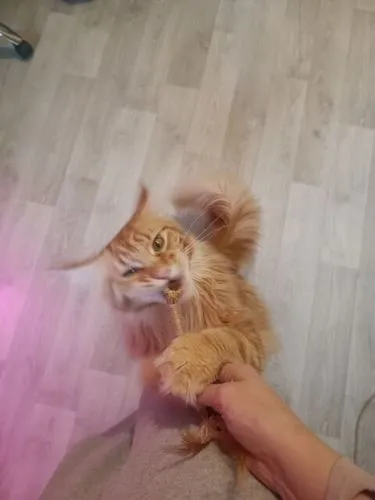 Lucy
Lucy
Amazing product! love that its all natural
 Janet
Janet
i was worried he was not going to like it but hey look at this
 Corbin
K.
Corbin
K.
My cat went wild for these Silvervine dental sticks! needed to fix his bad breath
 Leila
F.
Leila
F.
its a yes from my cat haha
 Margret
N.
Margret
N.
not a cat but my dog loves it too!! haha
 Denis
J.
Denis
J.
Molly has been using this non stop which is weird because she does not usually go for anything!
 Nyah
G.
Nyah
G.
chomps on it all day haha
 Dario
E.
Dario
E.
❤️🤣
 Angela
E.
Angela
E.
order came quick, about to give it to my cats!
 Kiley
G.
Kiley
G.
did not think this was going to work to be honest but she is all over it, 3 weeks in and i can see her biting away, so good! thankyou
 River
D.
River
D.
super impressed with the quality and cats enjoy it every day











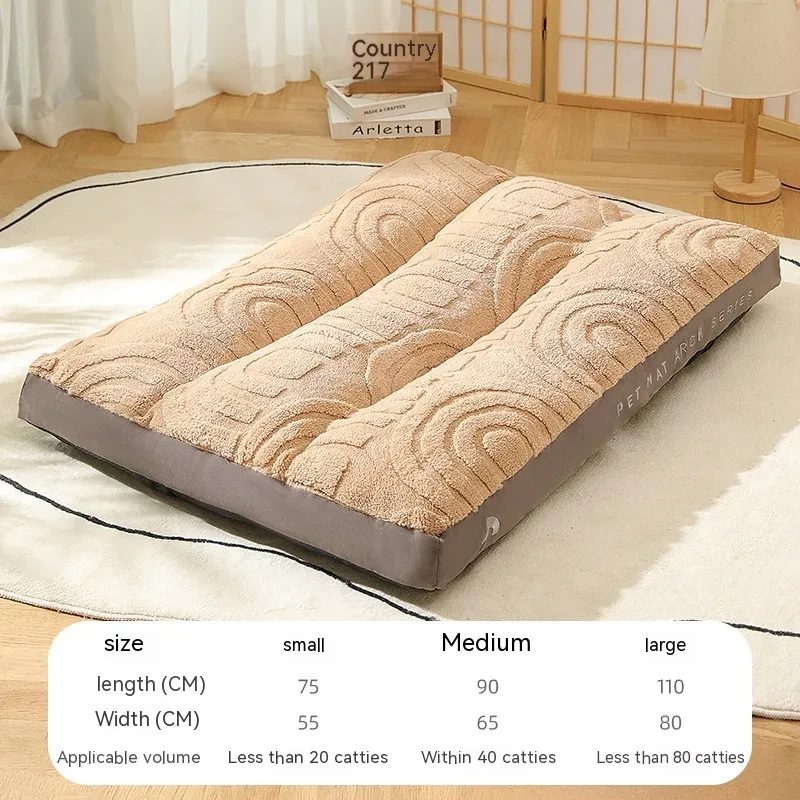
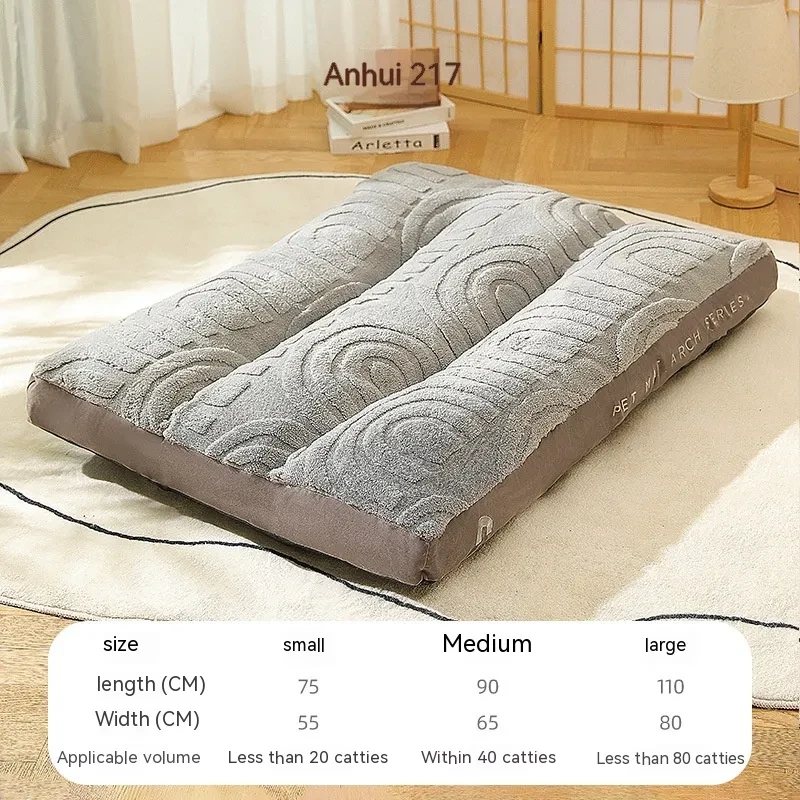


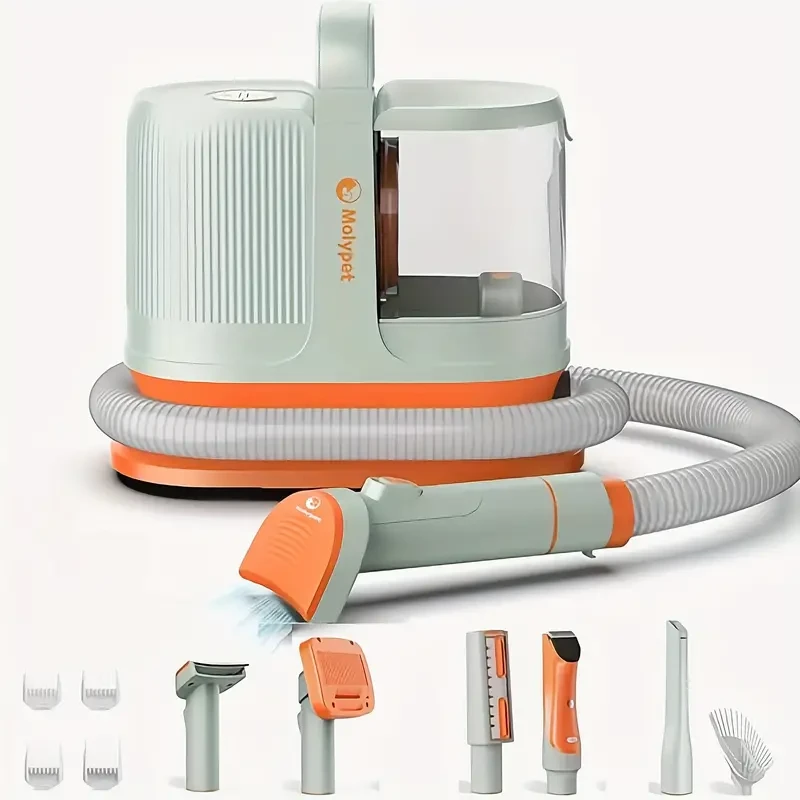
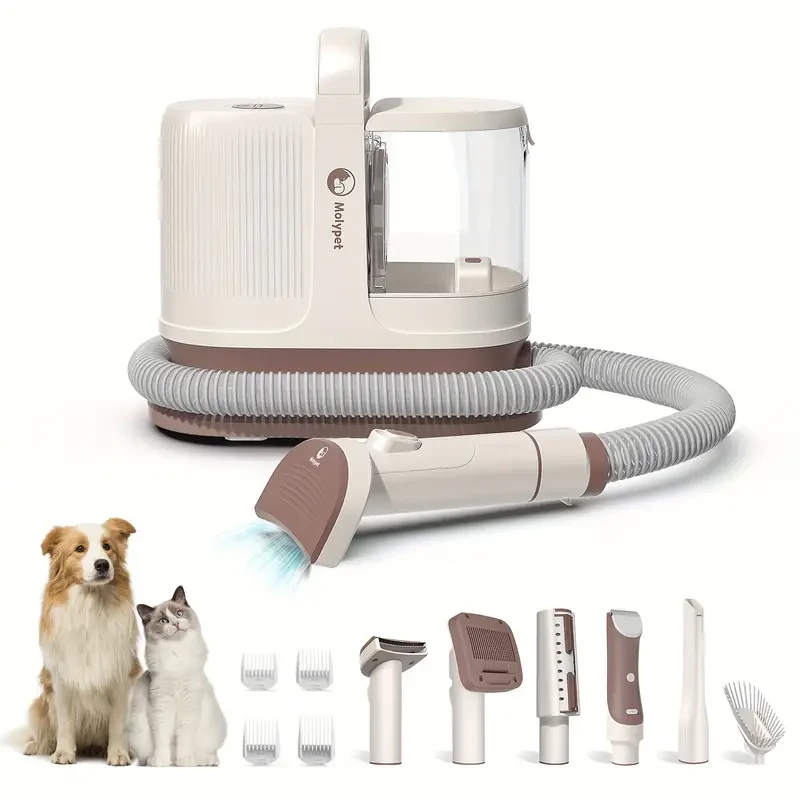







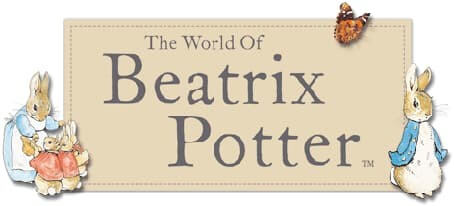

.jpg)














































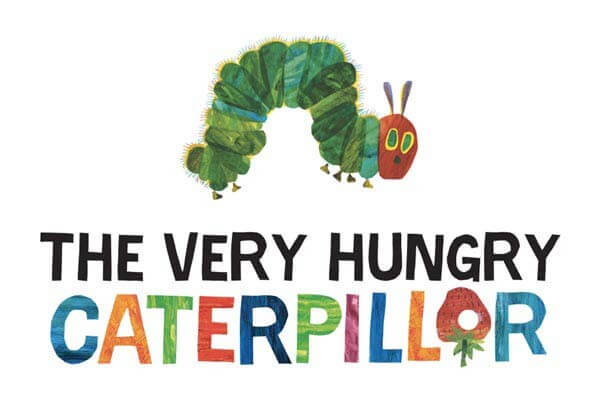

ulva-Logo.jpg)
